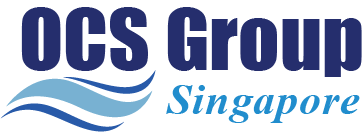Jacking System Audit
Jacking System Audit
A Jacking System Audit in an oil drilling rig company is a structured inspection process that assesses the condition, functionality, and safety of the jacking system, which is essential for elevating and stabilizing the rig. The audit focuses on:
- Pre-Audit Preparation: Defining the audit's scope, gathering historical maintenance records, and understanding the system's technical specifications.
- Onsite Inspection: This involves: o Visual Checks: Assessing wear, damage, or leaks in critical components like motors, gears, and hydraulic systems. o Operational Testing: Testing the system under load to ensure it functions safely and efficiently. o Component Inspection: Evaluating key parts like motors, brakes, and hydraulic systems for wear, contamination, or operational anomalies.
- Reporting: Documenting any deficiencies or non-conformities, proposing corrective actions, and creating a detailed audit report with recommendations for repair or maintenance.
- Follow-up: Ensuring corrective actions are taken, and tracking system performance post-audit to prevent future failures.

For a Jacking System Audit in an Oil Drilling Rig company, here's a detailed outline
that you could consider:
This audit is vital for ensuring the jacking system's reliability, compliance with standards, and safety during rig operations
This audit can ensure the jacking system's reliability, safety, and compliance with industry standards. Would you need further customization for your specific rig inspection needs



 Call Us Now
Call Us Now